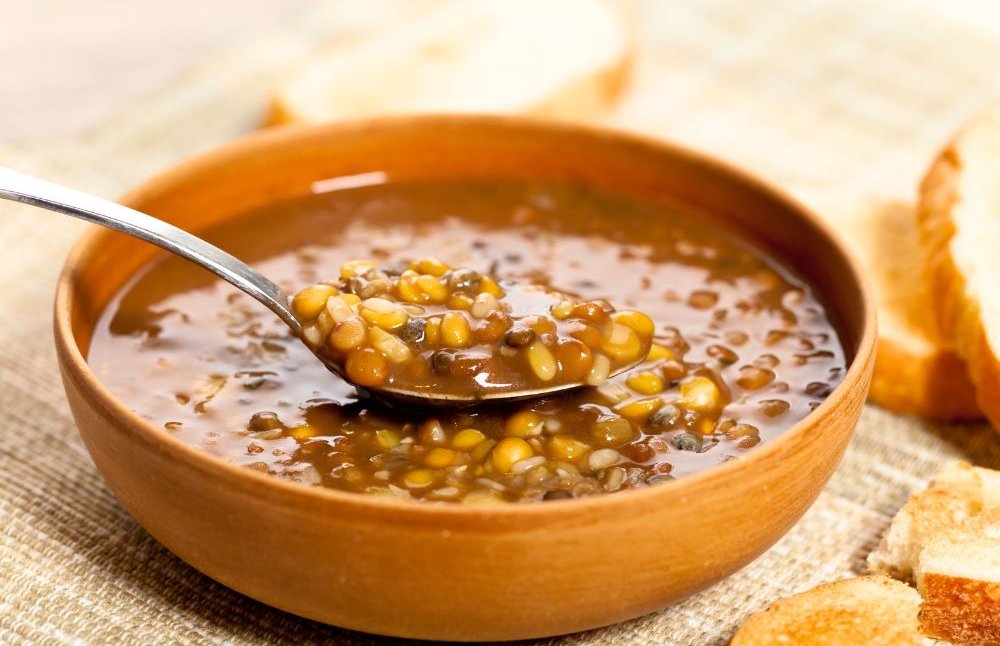Lentils are a staple in vegetarian and vegan diets, celebrated for their versatility, flavor, and impressive nutritional profile. One of their standout features is their high protein content, making them an excellent choice for those seeking to meet their protein needs, particularly in plant-based diets.
Protein Content in Lentils
Lentils are packed with protein, offering about 18 grams per cooked cup (approximately 230 grams). This positions them as one of the highest protein sources among legumes. For comparison, a cup of cooked brown rice provides around 5 grams of protein, emphasizing lentils’ superior protein density.
Different Types of Lentils
Lentils come in various types, each with its unique flavor, texture, and cooking properties. The most common varieties include:
- Brown Lentils: The most common type, they have a mild flavor and hold their shape well after cooking.
- Green Lentils: Slightly peppery in flavor, they remain firm and are great for salads and side dishes.
- Red Lentils: These cook quickly and tend to break down, making them ideal for soups and purees.
- Black Lentils (Beluga): Small and shiny, these lentils have a rich flavor and hold their shape well, often used in salads and gourmet dishes.
Among these, green lentils are often considered the best for protein, as they have a slightly higher protein content and retain their shape well during cooking, making them ideal for various dishes.
Making Lentils a Complete Protein
While lentils are rich in protein, they are not a complete protein on their own. A complete protein has all nine essential amino acids that the body cannot produce. Lentils are low in the amino acid methionine, so it’s beneficial to pair them with other protein sources to create a complete protein profile.
To enhance the amino acid profile of lentils, consider these combinations:
- Lentils and Grains: Pairing lentils with grains like brown rice, quinoa, or whole wheat bread provides the necessary amino acids. For example, a lentil and rice dish or lentil stew with whole grain bread can create a balanced meal.
- Lentils and Nuts/Seeds: Combining nuts or seeds, such as sunflower seeds or almonds, to lentil salads can also help make the protein more complete.
Culinary Versatility
Because of their versatility, lentils can be utilized in a wide range of recipes. They can be cooked into soups, stews, salads, and veggie burgers, or blended into spreads and dips. Their adaptability makes them a favorite in many cuisines worldwide.
Nutritional Benefits Beyond Protein
In addition to their protein content, lentils offer numerous health benefits. They are a great source of dietary fiber, which supports digestive health and helps maintain a feeling of fullness. A cooked cup of lentils contains around 15 grams of fiber, contributing significantly to daily recommended intake levels.
Lentils are also rich in essential nutrients, including:
- Iron: Important for oxygen transport in the blood, making lentils a great option for vegetarians and vegans who may struggle to get enough iron.
- Folate: Vital for DNA synthesis and repair, particularly important for pregnant individuals.
- Magnesium: Supports muscle function and energy production.
- Potassium: Helps to regulate blood pressure and supports heart health.
Conclusion
In summary, lentils are a powerhouse of protein, offering substantial amounts while also providing essential nutrients and health benefits. Among the different types, green lentils are particularly high in protein and versatile in cooking. By combining lentils with grains or nuts, you can easily create complete proteins, enhancing your overall nutrition. Whether enjoyed in a hearty soup, as a protein-packed salad, or in various culinary applications, lentils are a delicious and nutritious choice for anyone looking to boost their protein intake.

